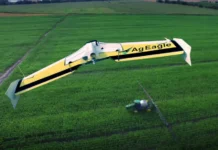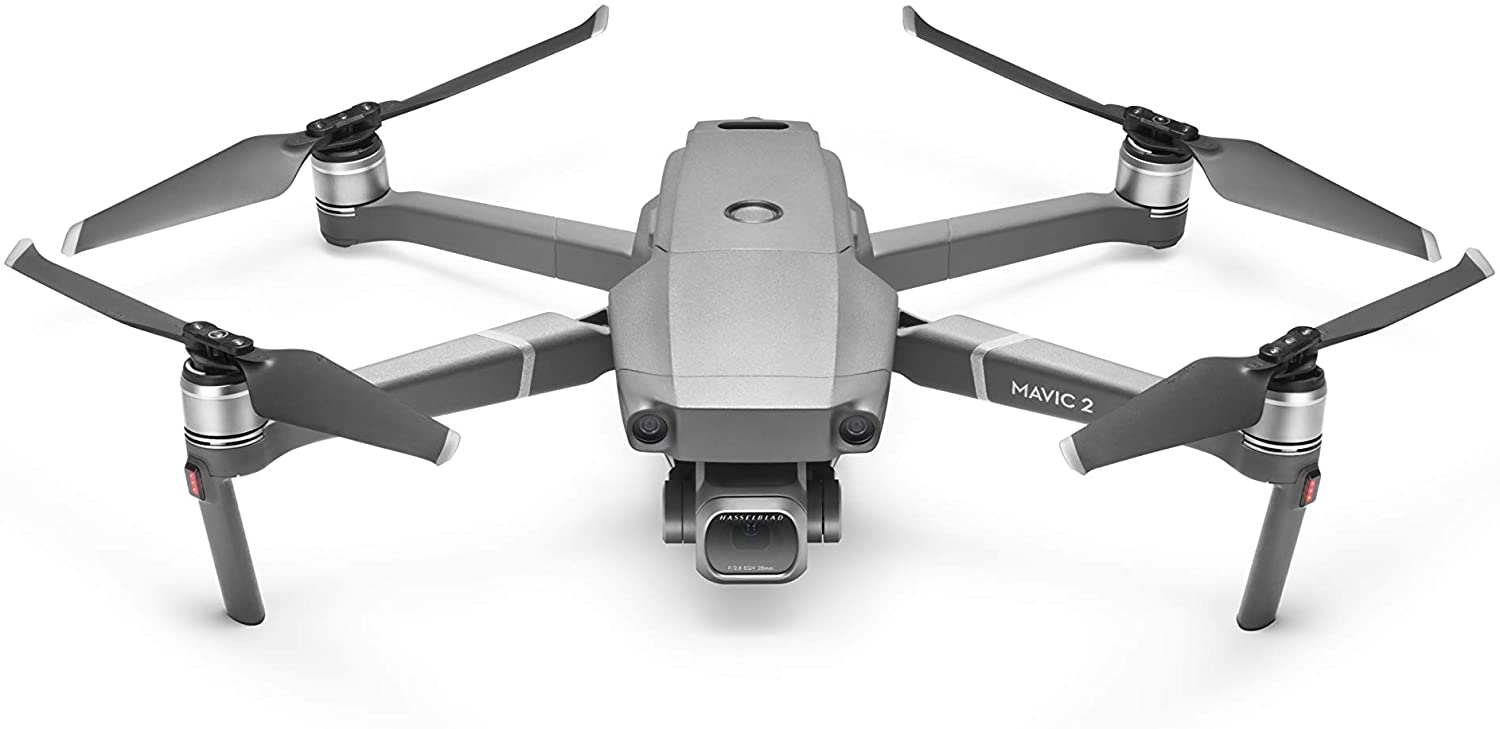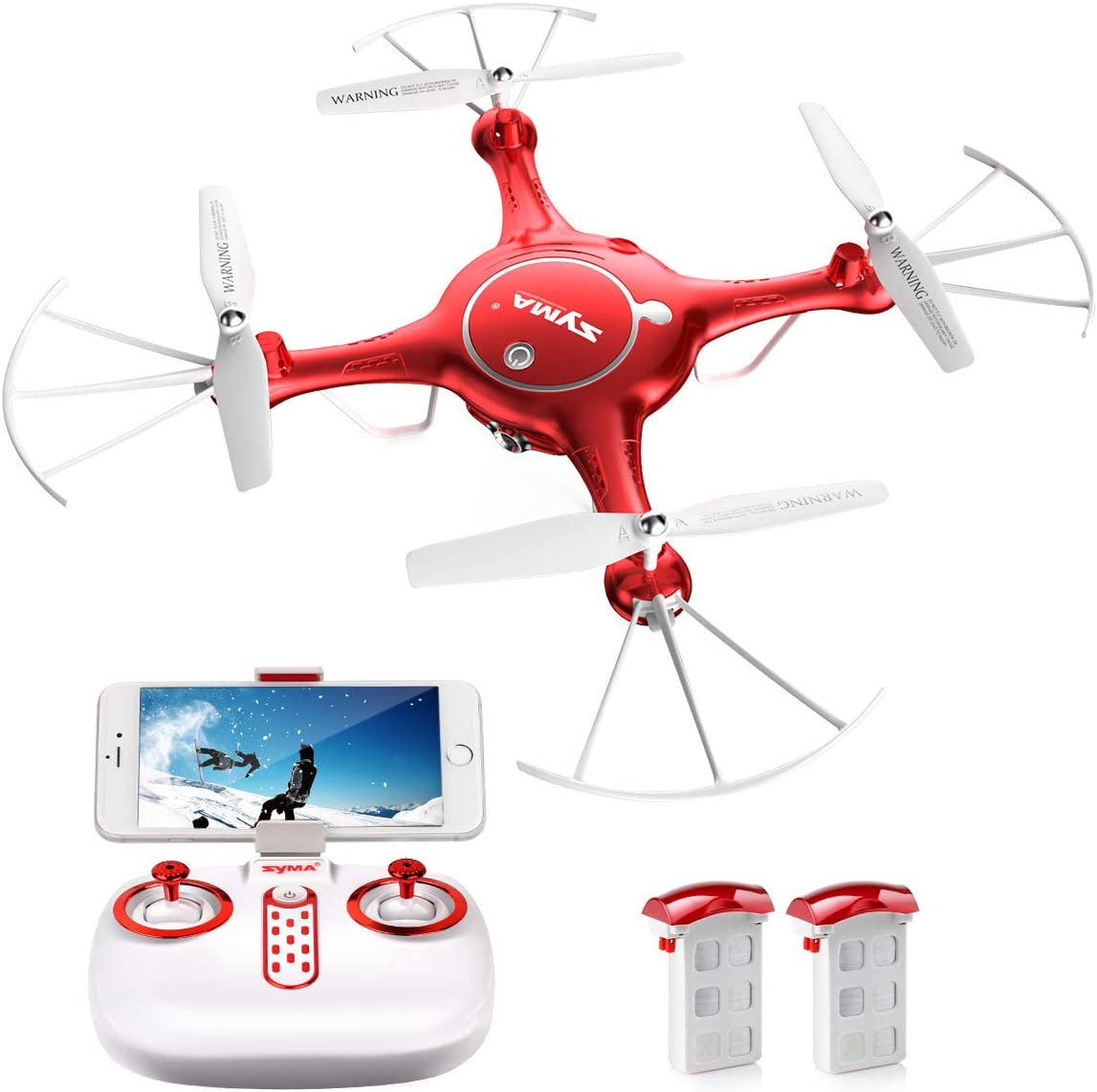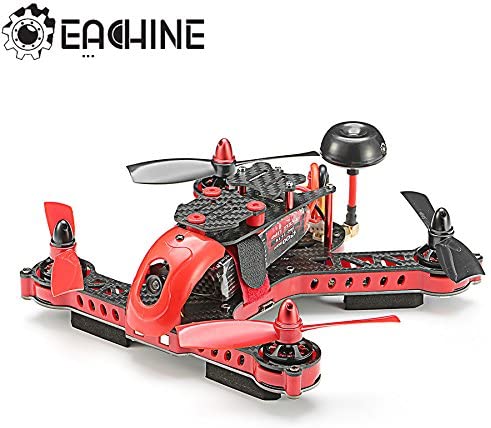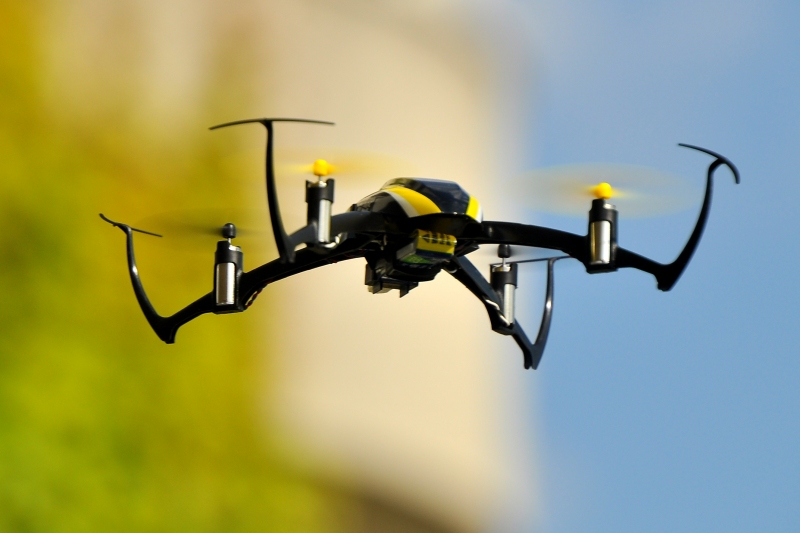Farmers are always looking to improve crop yields and increase the overall efficiency of their operations. In today’s rapidly evolving world, they need to remain informed on emerging technologies that can give them an edge over their competitors. Agricultural drones are increasingly becoming popular among farmers as a way to gain better insights into their crops and farming operations, in order to both reduce costs and optimize crop yield.
Using agricultural drones offers numerous benefits for farmers compared with traditional means of monitoring crops. Drones can provide real-time data about plants and soil conditions that were previously inaccessible using manual methods. They also offer improved accuracy, precision and reliability when used to survey larger plots of land, improving the quality of the insights gleaned from each field they cover while potentially eliminating costly misdiagnoses due to human error.
But there’s more – modern agricultural drones have been shown not only help increase efficiency but also promote sustainability by limiting pesticide use over time in certain programs that integrate this technology into existing farm management practices. That’s not all – these vehicles don’t require direct supervision either!
In this article, we will explore the top five benefits for using agricultural drones on your farm or ranch which include cost reductions, quick results from accurate field monitoring data collection, improved crop yields from better insights into soil structure/composition/moisture levels within fields or plots you manage plus enhanced sustainability through use case driven approaches designed by others who have pioneered such methods long before our modern
Increase Efficiency
Table of Contents
Agricultural drones are revolutionizing the way farming data is collected and helping to shape the rapidly changing world of agriculture. By using drones equipped with various camera types to gather data for precision agriculture, crop monitoring can be efficiently done with very little time and effort. Farmers can quickly and accurately scout acres and acres of crops by foot – or even eliminating the need altogether with near-real-time drone footage.
Aside from saving time, agricultural drones can reduce the cost associated with walking fields or plane fly-over filming. Moreover, drones are equipped with infrared sensors that can identify disease, heat stress or nutrient deficiency in plants at an early stage which helps farmers to save on fertilizers while keeping yields high. The ability to assess field conditions quickly helps farmers to create a more effective action plan for crop management.
Not only do agricultural drones provide farmers with valuable insights into their crops, but they also offer several other benefits including increased operational efficiency and improved safety for workers. With automated flight paths pre-programmed into their systems, drones have drastically reduced the amount of time it takes to inspect large portions of land. And because of their lighter frame than traditional manned aircrafts, there’s a greatly reduced risk of injury to workers on the ground.
In conclusion, using agricultural drones provides both cost savings and improvements in efficiency that far exceed any costs associated with purchasing and operating them. By automating scouting processes and providing incredibly detailed aerial imagery quickly over expansive tracts of land, farmers can reduce labor costs while gaining unprecedented insights into their fields—allowing them to lower input costs while realizing higher yields overall.
Reduce Cost
The key advantages of agricultural drones in farming are improved efficiency, increased profits, and reduced costs. Drones have the potential to revolutionize agriculture by providing farmers with major cost savings, efficient methods of surveying vast areas of land, and enhanced monitoring capabilities. Farmers must carefully prepare their operations to reap the benefits of this technology, such as optimizing fertilizer and pesticide usage and reducing environmental impacts. There is also the invaluable advantage that these farming drones provide real-time data that can help farmers make better informed decisions about their crops more quickly than ever before. With such powerful data analysis at their fingertips, farmers are able to identify problems immediately and adjust strategies on a much more reactive basis, ensuring maximum yields from minimal resources.
Provide Real-Time Data
Agricultural drones are revolutionizing the farming industry by providing real-time data that allows farmers to make informed decisions about their crops. By analyzing precise data, farmers can develop a more granular way to effectively manage their land and address soil conditions. Agricultural drones, such as the M200 “workhorse” drone, is perfect for repeated use in the toughest of farming environments – long hours and tough terrain.
Furthermore, with advanced seed plantation systems developed by startups having a 75 per cent uptake rate and 85 percent accuracy, it’s easy to see how using agricultural drones could drastically improve crop yield. Not only do they save farmers time and money, but they also help them optimize their grapes’ quality levels while enabling them to make proactive decisions concerning their farms’ cultivation processes.
By utilizing the advantages of agricultural drones, farmers can improve crop yield, ensure better use of resources at hand and maximize crop output. It’s for this reason that these unmanned aerial vehicles have quickly become an indispensable part of modern agriculture – improving efficiency and productivity on farms around the world.
Improve Crop Yield
Agricultural drones are rapidly becoming a popular tool for farmers and agronomists alike, offering benefits that include improved crop yields and improved productivity cost. Drones can be used for monitoring crops, which allows for better data collection that could eventually lead to increased crop yields. Moreover, drones can help with other tasks such as irrigation and fertilization — tasks that consume plenty of farmers’ time — allowing them to focus on other important aspects of their work.
Not only does the use of agricultural drones improve productivity costs, but it also helps farmers become more sustainable in their practices. By offering aerial views of fields and the ability to track plant health from the air, drones can provide a wealth of information to inform decisions about fertilizer application rates and other environmentally friendly practices. Additionally, this technology promotes efficiency in farming operations through precision agriculture — pinpointing exactly when and where particular steps need to be taken in order to maximize production with minimal costs.
These are just some of the top benefits that agricultural drones offer to farmers and agronomists — clearly illustrating the existence of a plethora of advantages this technology can have on their workflows. With their ability to increase crop yields while promoting sustainability, agricultural drones will certainly continue to be an essential part of the farming industry in years to come.
Promote Sustainability
Agricultural drones are becoming an increasingly important tool in precision pest management as scientists advocate the need for more research. Drones are able to cover a multi-acre swath of farmland in much less time than a human worker on foot, and with their enhanced speed, they can outperform traditional ground vehicles too. On top of this, agricultural drone usage results in increased worker safety, helping to keep personnel away from hazardous conditions and conserving labor time.
Not only have agricultural mapping with drones become more accessible and reliable, but the data captured can help reveal crucial insight into the health of crops. This enables operators to make informed decisions when it comes to management practices like weed control and pest detection, saving time and resources. Additionally, effective usage of drones can help to increase productivity – permitting for improved agricultural adaptation to the effects of climate change.
The widespread use of agricultural drones has also sparked discussion into how they are capable of improving the sustainability of business-to-customer (B2C) deliveries too. By reducing human labor and fuel consumption in transportation, significant environmental benefits can be achieved – making them an attractive solution for businesses that wish to enhance their sustainability initiatives. With every passing day innovative uses for agricultural drones emerge, compelling developers as well as ordinary people alike to rethink the potential capabilities that these machines possess.


